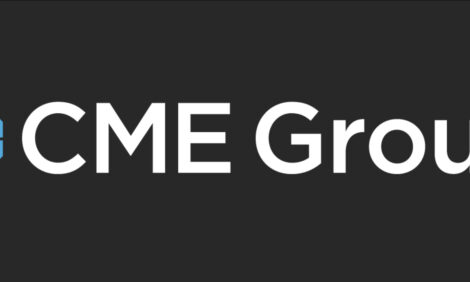



EU Steps Up Dioxin Contamination Prevention
EU – The European Commission is to put forward new proposals to improve the protection of consumers and industry against a possible dioxin contamination.The scheme has been endorsed the EU Member States at the Standing Committee on the Food Chain and Animal Health (SCoFCAH).
In particular, four measures will be implemented throughout the EU by teh middle of next year next year.
They aim to further reduce the risk of contamination in the food chain and the measures will avoid food recalls from the market and significant financial costs to the consumers and industries.
John Dalli, EU Health and Consumer Commissioner welcomed the support of the Member States for the Commission proposal and added: "The decision taken today is the EU's response to last winter's dioxin crisis.
"We had promised to act and the implementation of what was adopted today will result in additional security along the food and feed chain. It will further contribute to our already solid food safety system in the EU."
The Commission said that dioxin incidents, such as the one in Germany earlier this year, pose a risk for consumer safety and result in huge direct and indirect costs for the economy and society in general. The Commission investigated thoroughly the origin of that dioxin contamination incident.
The measures, adopted by SCoFCAH, are based on the outcome of that investigation:
- Feed businesses processing crude vegetable oils, manufacturing products derived from oils of vegetable origin and blending fats, will have to be approved, and not only registered, by the competent authority.
- Fats intended for feed and food will now be strictly segregated during their production and transport from fats intended for technical use for example in the chemical industry. This is to take into account the experience gained from the application of Hazard Analysis and Critical Control Points (HACCP) based systems. Additionally, the labelling of the products must explicitly mention their intended use. These provisions will help prevent products unfit for feed use entering the food chain.
- An EU harmonised plan with mandatory minimum testing for dioxin depending on the risk inherent to the products, will be introduced. The testing will focus on the risky products at the moment they enter the feed chain, thus ensuring the efficient use of resources. This will facilitate the detection of non-compliant cases and the enforcement of feed law. Thus, fewer contaminated products will enter the food chain. At the same time, this will reduce the exposure to dioxin of EU citizens. Additionally, the test results on dioxin prevalence will enable the feed business operators to improve their HACCP system. And if the experience gained will require adjustments along the way, the review clause of the monitoring obligation for the industry allows for that.
- All laboratories are obliged to directly notify the competent authorities of any excessive findings of dioxin.
On 24 January, Commissioner Dalli announced the Commission's intention to introduce the measures following the dioxin incident in Germany.
Intense negotiations with the concerned industry including the farmers and the competent authorities in the Member States followed that announcement.
The Commission said it believes that the measures will allow regulators to exercise better, and EU-harmonised, control over critical points in the feed chain.
Although this measure will result in some costs on the industry, the actions are targeted and annual costs will amount to just a small percentage of the costs of one dioxin incident.
The draft Regulation received a positive opinion from Member States in today's SCoFCAH by qualified majority.
It will now be sent to the European Parliament and Council for scrutiny before the Commission can officially approve it. The regulation is expected to enter into force in mid 2012.
TheCattleSite News Desk


